Last Updated on November 1, 2024
Halloween: Resurrection in 2002 seemed to close the door on the original film’s run. It had run out of gas and failed both critically, with a 10% score on Rotten Tomatoes, as well as commercially, with it only bringing in 37 million on its 15-million-dollar budget. The next year would see Freddy and Jason clash with each other and Leatherface get the remake treatment from studio Platinum Dunes. While Freddy and Jason would get their own remakes in 2009 and 2010 respectively, you know you can’t keep a good masked villain down for long. So, before his two main slasher rivals got their day in the sun, Michael Myers would receive his own remake that came out in 2007. With a drastically different take and a new producer behind the wheel, Halloween would get a chance to do something drastically different than anything we had seen before. Everyone will be entitled to one good scare as we find out what happened to Rob Zombie’s Halloween.
As stated before, Resurrection did not do well with fans or critics when it came out in 2002. The Akkad family, who owned the rights and had very specific rules for the character, knew that he shouldn’t be down for too long, even with the Laurie Strode storyline finally coming to a close. While we all know now that a certain musician and horror aficionado would eventually take the reins on the project, there were a ton of ideas that floated around first. A first thought would be a crossover like Michael’s fellow slashers received, but this film would mix our silent stalker with the Cenobites from the Hellraiser series. Clive Barker himself agreed to write it and there was an effort made to get John Carpenter back in the director’s chair. Barker was looking forward to exploring less a brawl between the characters and more an exploration of these two worlds and how they could be tied together. This would fall through as it was seen not to be profitable, particularly after internet polls claimed audiences weren’t into it.
Other unmade ideas for the franchise included Halloween: Bad Blood, which would bring back the Jaimie character that died in part 6, Halloween: Retribution, Halloween: Asylum, and Halloween: The Missing Years. Retribution would bring back a different set of characters. Michael would kill off Busta Rhymes’ Resurrection character and then face off against both Laurie’s son introduced in H20 and former Haddonfield Sheriff Leigh Brackett, who were seeking revenge. That film was to end with John Tate drowning Michael in a frozen lake and claiming revenge for his mother, but going the Jaime Lloyd route by implying that Tate may be next to take on the mantle. Asylum would set up Michael serving a prison sentence for his crimes but when he was to be executed, he would find a way to escape and wreak havoc. The Missing Years would take an even more extreme route, one that is also completely out of continuity, by having Michael back in Haddonfield during the events of Season of the Witch. Considering that movie doesn’t even exist in the same reality of the other films, its probably best that that movie never saw the light of day.
None of those made it very far into production, and while Moustapha Akkad and his son Malek were working on yet another idea featuring a character from the 6th movie, Moustapha tragically died as a result of injuries sustained during a bombing while he was attending a wedding in Jordan. Moustapha had been a producer on the first 8 films, and it was now up to his son to continue that legacy. After preparation was halted due to the tragedy, Malek would finally hand off the assignment while partnering with Dimension Pictures and the Weinstein brothers. The man chosen to take the reins on remaking one of the most hallowed horror films in history would be musician and writer/director Rob Zombie.

Zombie, frontman of band White Zombie and later a solo artist, was always a fan of horror. His band’s name is a call back to the 1932 Bela Lugosi feature of the same name and many of his music videos contain public domain horror or are thematically in the horror realm. Zombie isn’t a fan of remakes, especially horror, but after the success of his first two features House of 1000 Corpses and The Devil’s Rejects, he was a solid name to give the Halloween franchise to and decided to opt in. He even went to John Carpenter to let him know out of respect and was surprised by the outcome. He was told that Carpenter really wasn’t involved or interested in the franchise anymore and that Zombie should “make it his own.”
Filming took place in Pasadena and Los Angeles, the same place that Carpenter used to simulate Haddonfield, Illinois in the original, with a budget of 15 million dollars. The cast was a mix of Zombie regulars, horror legends, new faces, and even one returning member of the Halloween franchise. Faces like Bill Moseley, Sid Haig, William Forsythe, Ken Foree, and Sheri Moon Zombie had all worked with the director before and would all be given parts that ranged from cameos to roles of the utmost importance to the plot. Dee Wallace (who would become a Zombie regular), Malcolm McDowell, and Brad Dourif would add horror pedigree to their important titles and two of them would come back for the sequel. The newer faces would be some of the most important roles of all, with Daeg Faerch as a young Michael Myers and Scout Taylor Compton as Laurie Strode. Compton actually beat out Danielle Panabaker for the role and Panabaker would go on to take a lead role in the Friday the 13th remake a few years later. Compton was also the only cast member of the girlfriends who was an actual teenager, just like Jaime Lee Curtis was in the first Halloween.
With Compton secured as Laurie Strode and Faerch cast as the young Myers, the two other main driving forces would be played by Malcolm McDowell as a very different interpretation of Dr. Loomis and Tyler Mane as the most imposing Myers we would get on film. McDowell, of course, has had a legendary career but Mane started off as a wrestler for now defunct WCW promotion and was seen on screen as the first ever live action Sabretooth for the Fox X-Men franchise in 2000. He would work with Zombie on The Devil’s Rejects before coming on board in back-to-back films as this two film set’s version of the boogeyman. Laurie’s best friend Annie would eventually be Compton’s best friend in real life, Danielle Harris. Harris is that returning franchise actress that we discussed earlier, as she played Laurie’s daughter Jamie in both part 4 and 5 before the character was killed off in 6, where she was not played by Harris. She wasn’t sought out to come back and had to audition for the role but was eager to shed her kid show image that she had pivoted to after Halloween 5.
Rob Zombie amps up the violence and nudity in his films to near grindhouse proportions and Halloween is no different. Both Harris and actress Kristina Klebe signed on knowing that nudity and gore-heavy scenes would be involved and for Harris, this was a plus to shed the acting image she had been branded with. The movie does follow the original storyline but not until the second half of the runtime. That runtime, which amounts to 109 minutes in the theatrical cut and 121 in the directors cut, was the longest runtime of the series until Halloween Ends was released in 2022. The director’s cut still holds the record, though, if you watch the movie in its restored form.

The reason for the length is that Zombie had originally proposed a duology of sorts when offered the role of driving creative force for this remake. He wanted an entire movie that centered around young Michael and his origins, including the origins of the mask, followed by a proper remake of the original movie. Zombie’s intention was to truly show how Myers was a psychopath and the only time that subject had ever been broached previously were in deleted or alternate scenes from the first two films and the tie-in novelization of the first movie. While Zombie was turned down for that two-movie deal, he was able to work most of those ideas into the first half of his vision of Halloween, including the first instance of Michel speaking. With the making of Michael into a more specific psychopath, the body count was increased dramatically to 22, up from 5 in the original. This includes all of his murders as a child before he kills his sister and the people he takes out on his way to Laurie. Unlike the first movie, we know immediately that Laurie is Michael’s sister and get to see how his family life was before he becomes the Shape too.
Zombie would have interference at almost every turn on production and states that it was one of the most stressful shoots he had ever been a part of. When he took the job directing a sequel, he assumed it couldn’t be any worse than what he went through for the remake, but as we know, it was far worse for him on the production of Halloween II. The remake was not released in October like the original was, and was instead slated for an August release, so it didn’t have to compete with what was the current horror juggernaut in the Saw series, which was up to Saw 4 then. Unfortunately, just days before Halloween was to be released theatrically, a workprint version was leaked online. Zombie came out and assured audiences that it would be different than the final cut and he was correct, with scenes being altered or cut altogether. The fear was that it may hurt the box office run like piracy was attributed to doing to Hostel Part 2, but the movie was still released as scheduled across more than 3400 theaters, the most ever for the franchise.
Halloween would be a financial hit, with it making 80 million dollars off its 15-million-dollar budget, but was mostly hated by critics and is still divisive with series fans. While most critics felt it was overly crude or didn’t offer anything new to the character or story, there were some that gave Zombie credit for making it his own. Something that Carpenter told him to do before the first scene was even shot. The unrated cut was released on home video and also became a financial success while offering a different look at the final product, with some scenes changing the story in ways that make it a different movie, including an alternate ending. Zombie would go on to make Halloween II in 2009 but that is where the franchise would pause until David Gordon Green would unleash his own trilogy that forgets everything after the first film. While it made less than the remakes for Friday the 13th and Nightmare on Elm Street, it also made way for their productions to happen. Whether you like it or hate it, its certainly a unique version of the night HE came home… and now you know what happened to Rob Zombie’s Halloween.
A couple of the previous episodes of What Happened to This Horror Movie? can be seen below. To see more, head over to our JoBlo Horror Originals YouTube channel – and subscribe while you’re there!




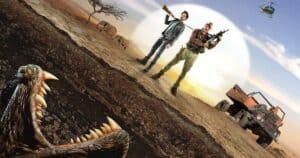
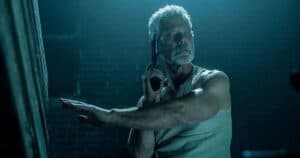
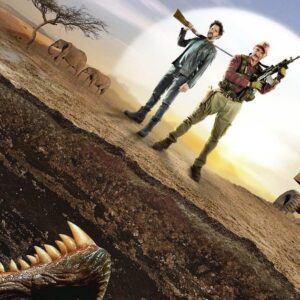
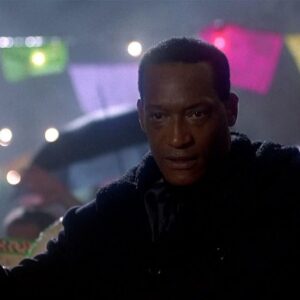
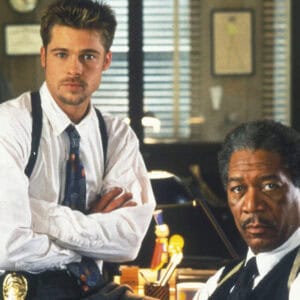
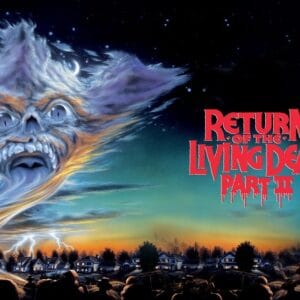
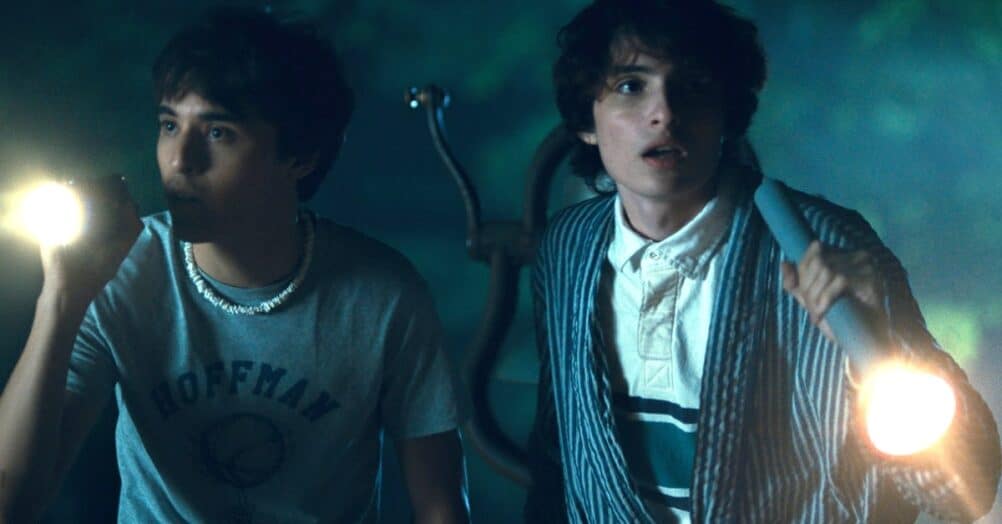
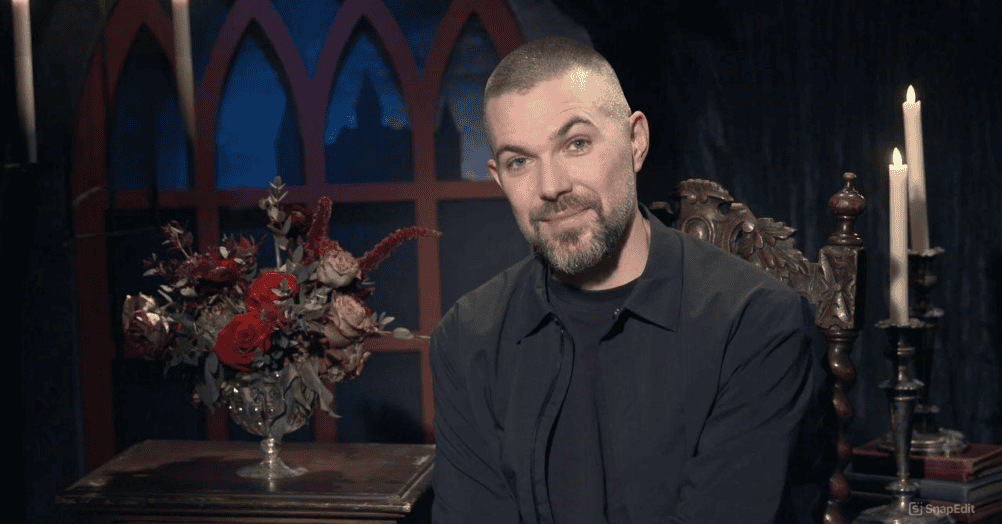
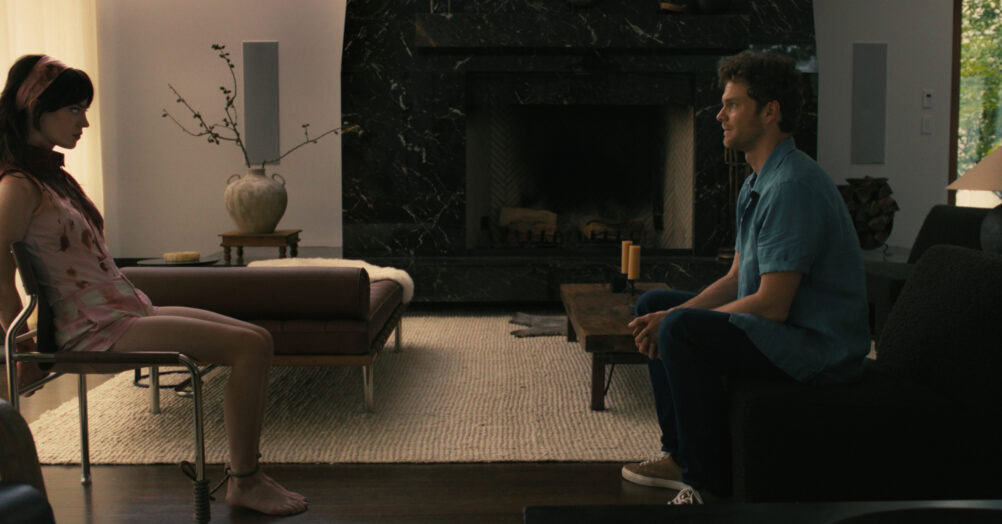
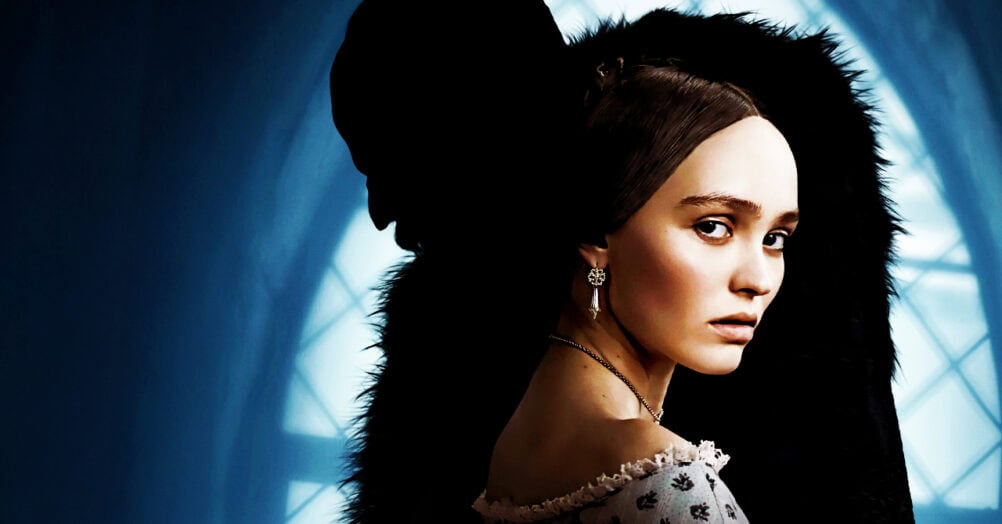
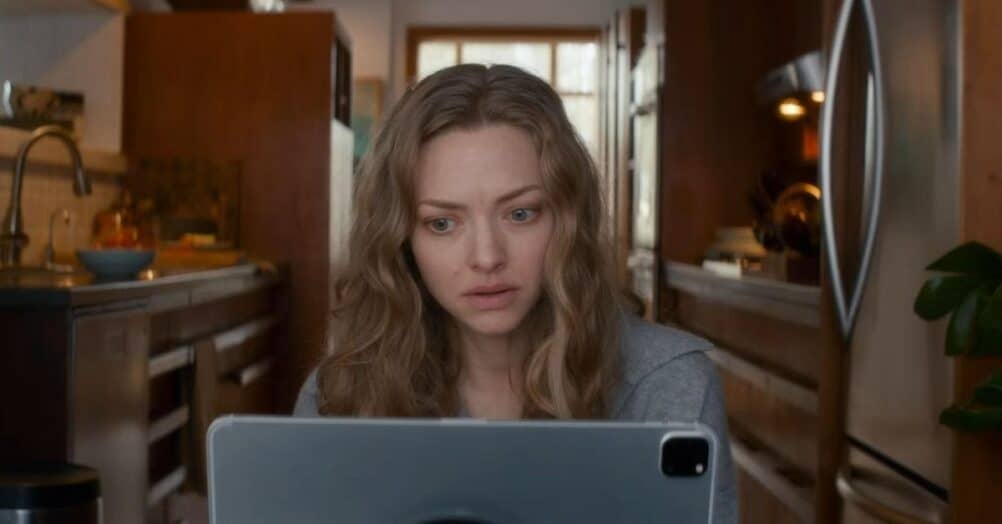
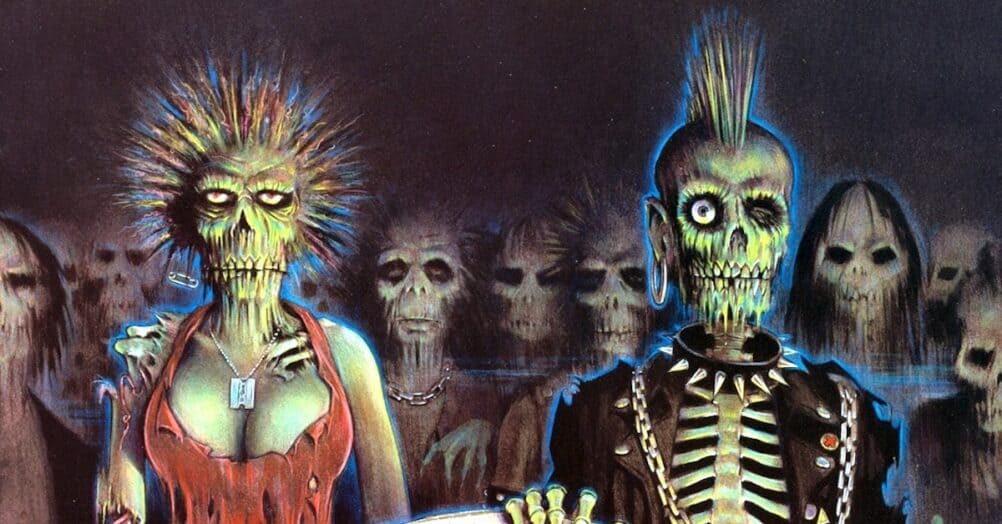
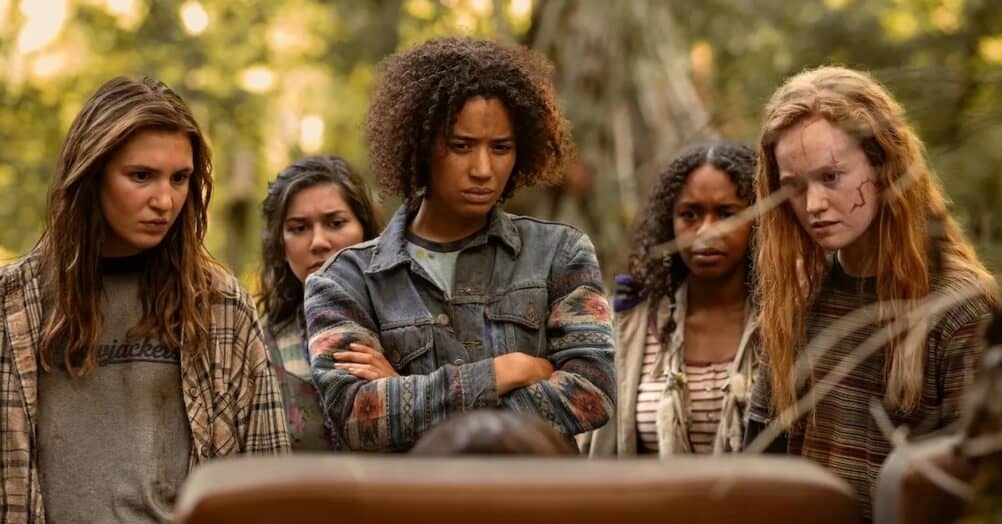

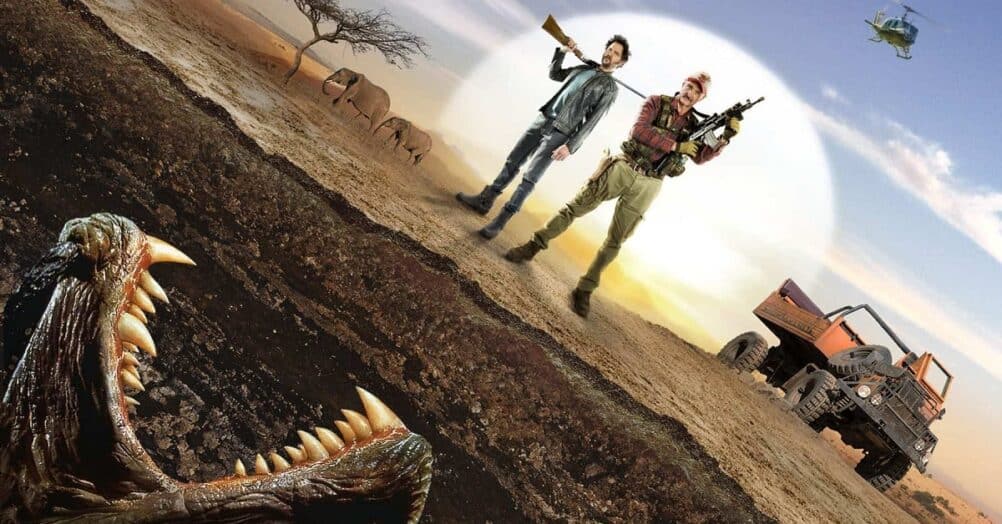
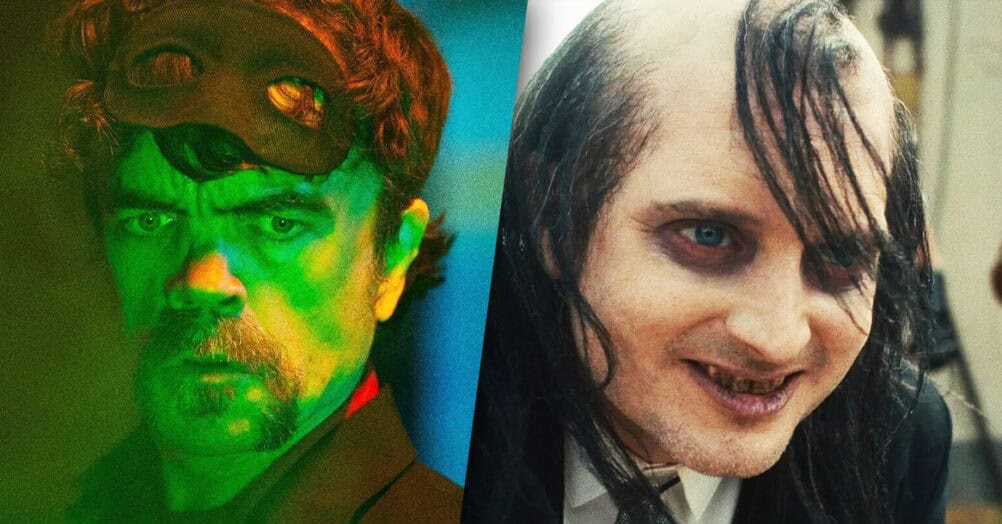
Follow the JOBLO MOVIE NETWORK
Follow us on YOUTUBE
Follow ARROW IN THE HEAD
Follow AITH on YOUTUBE